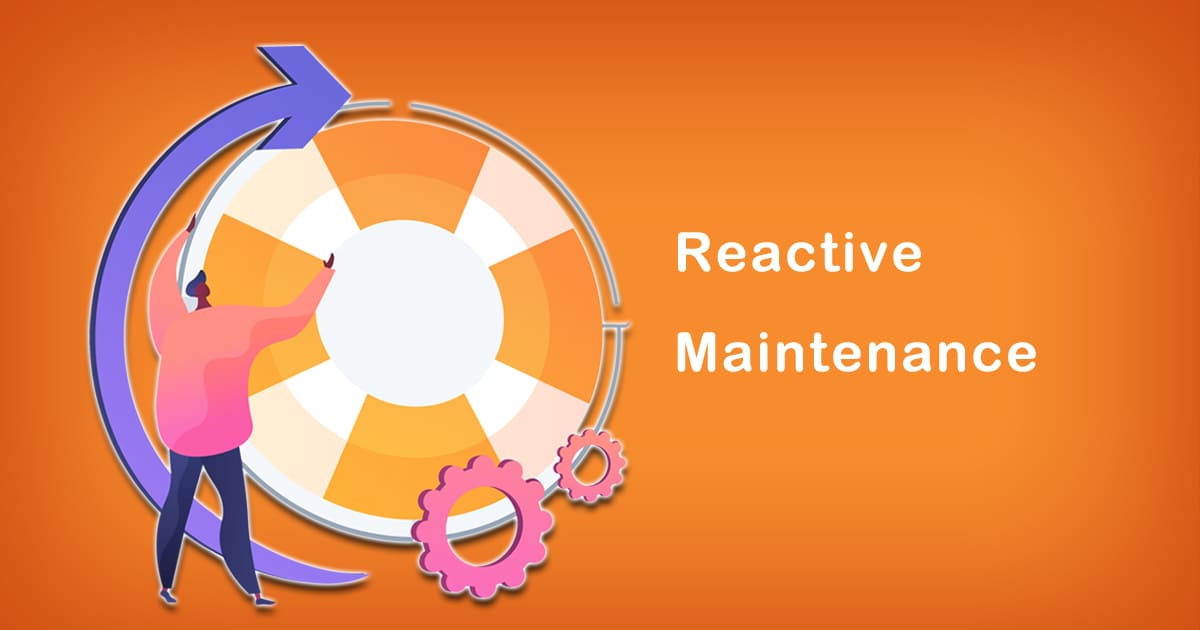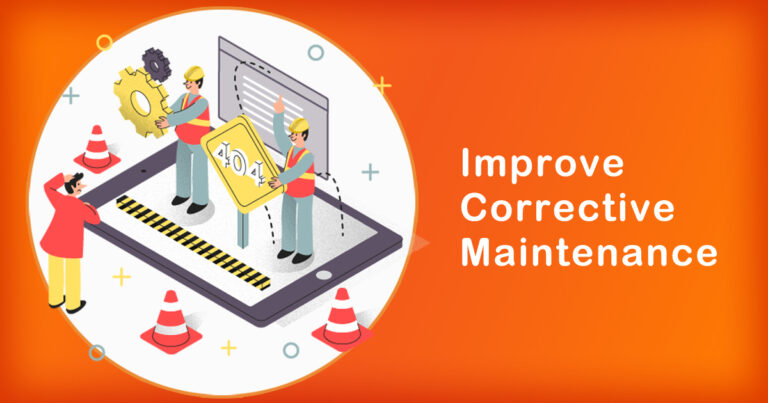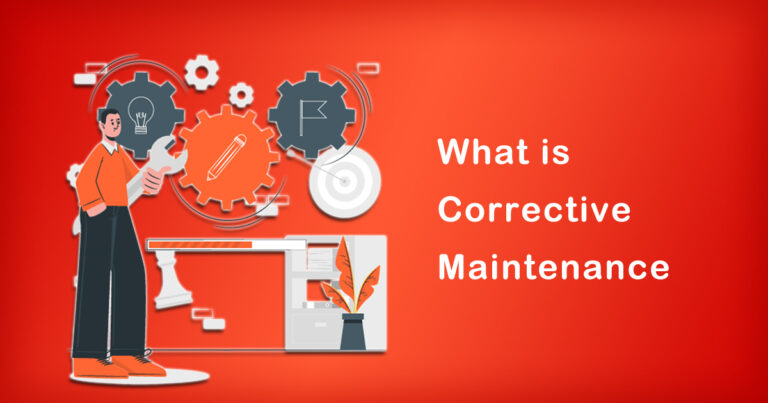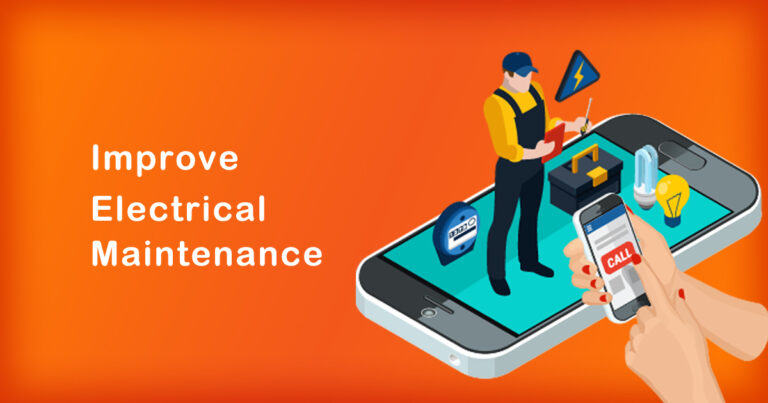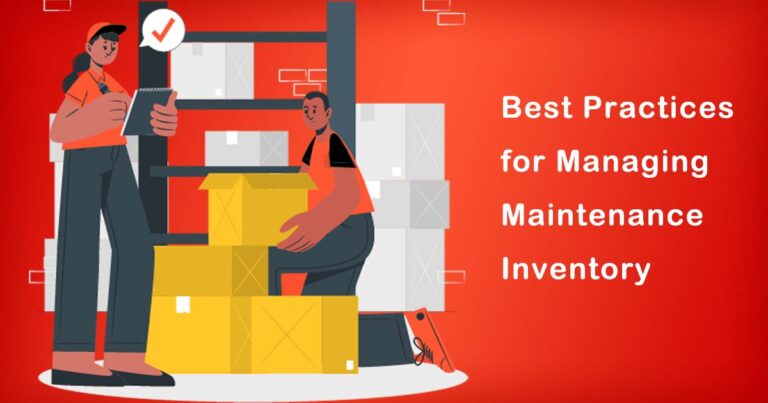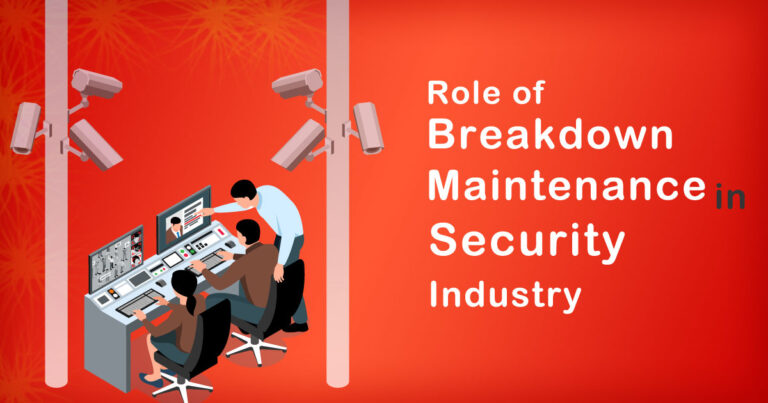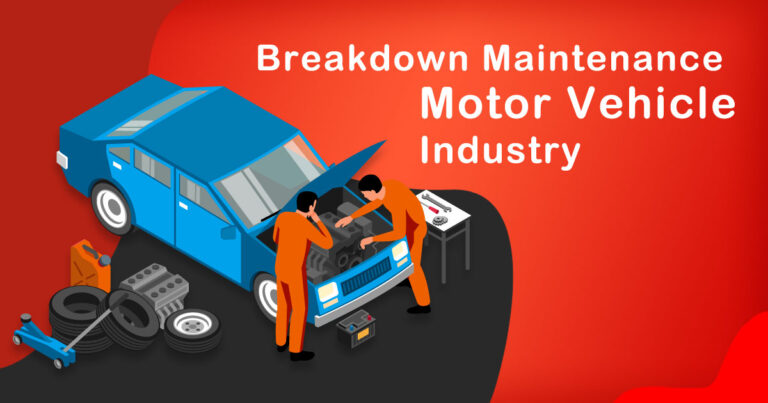Introduction:
Maintenance is an essential aspect of any industry or business, regardless of its size or nature. It is the process of keeping equipment, machines, and facilities in good working condition to prevent breakdowns and downtime. Reactive maintenance is one such maintenance strategy that is often used by businesses in India. In this blog, we will discuss reactive maintenance, its benefits and drawbacks, and how it can be implemented effectively.
What is Reactive Maintenance?
Reactive maintenance is a maintenance strategy in which equipment is only repaired when it breaks down or fails. This strategy is also known as run-to-failure maintenance or breakdown maintenance. Reactive maintenance is usually done in response to a failure, and it can be costly, time-consuming, and disruptive to the operations of the business.
Reactive maintenance is usually implemented when the cost of preventive maintenance is considered to be higher than the cost of repairs. This approach can be effective when the equipment is not critical to the operations of the business, and the downtime caused by a failure can be tolerated.
Benefits of Reactive Maintenance:
The main benefit of reactive maintenance is that it can be cost-effective in some situations. For example, if the equipment is not critical to the business, and the cost of repairs is less than the cost of preventive maintenance, then reactive maintenance can be a viable option.
Reactive maintenance can also be beneficial when the equipment is nearing the end of its useful life. In such cases, it may not make sense to invest in preventive maintenance when the equipment is likely to be replaced soon.
Drawbacks of Reactive Maintenance:
The main drawback of reactive maintenance is that it can be costly and disruptive to the operations of the business. When equipment fails, it can cause downtime, which can result in lost productivity and revenue. The cost of repairs can also be higher than the cost of preventive maintenance.
Reactive maintenance can also lead to a cycle of constant repairs and downtime. When equipment is only repaired when it fails, there is a higher likelihood of further failures, which can lead to more repairs and downtime.
Implementing Reactive Maintenance Effectively:
To implement reactive maintenance effectively, it is important to have a plan in place for when equipment fails. This plan should include procedures for reporting failures, prioritizing repairs, and scheduling repairs to minimize downtime.
It is also important to track the cost of repairs and compare them to the cost of preventive maintenance. This will help businesses determine when it makes sense to switch from reactive maintenance to preventive maintenance.
Conclusion:
Reactive maintenance is a maintenance strategy that can be cost-effective in some situations. However, it can also be costly and disruptive to the operations of a business. To implement reactive maintenance effectively, it is important to have a plan in place for when equipment fails and to track the cost of repairs. Businesses should also consider the cost of preventive maintenance and switch to that strategy when it makes sense.


